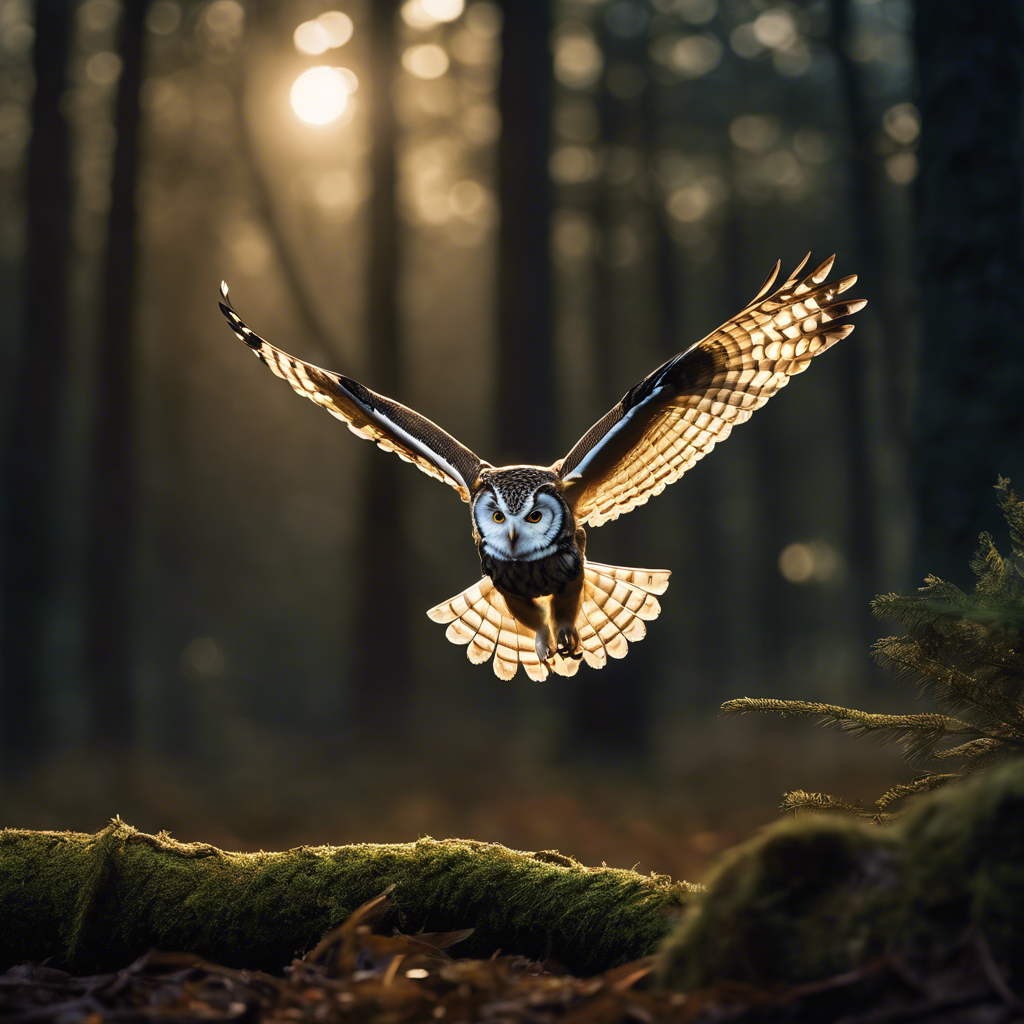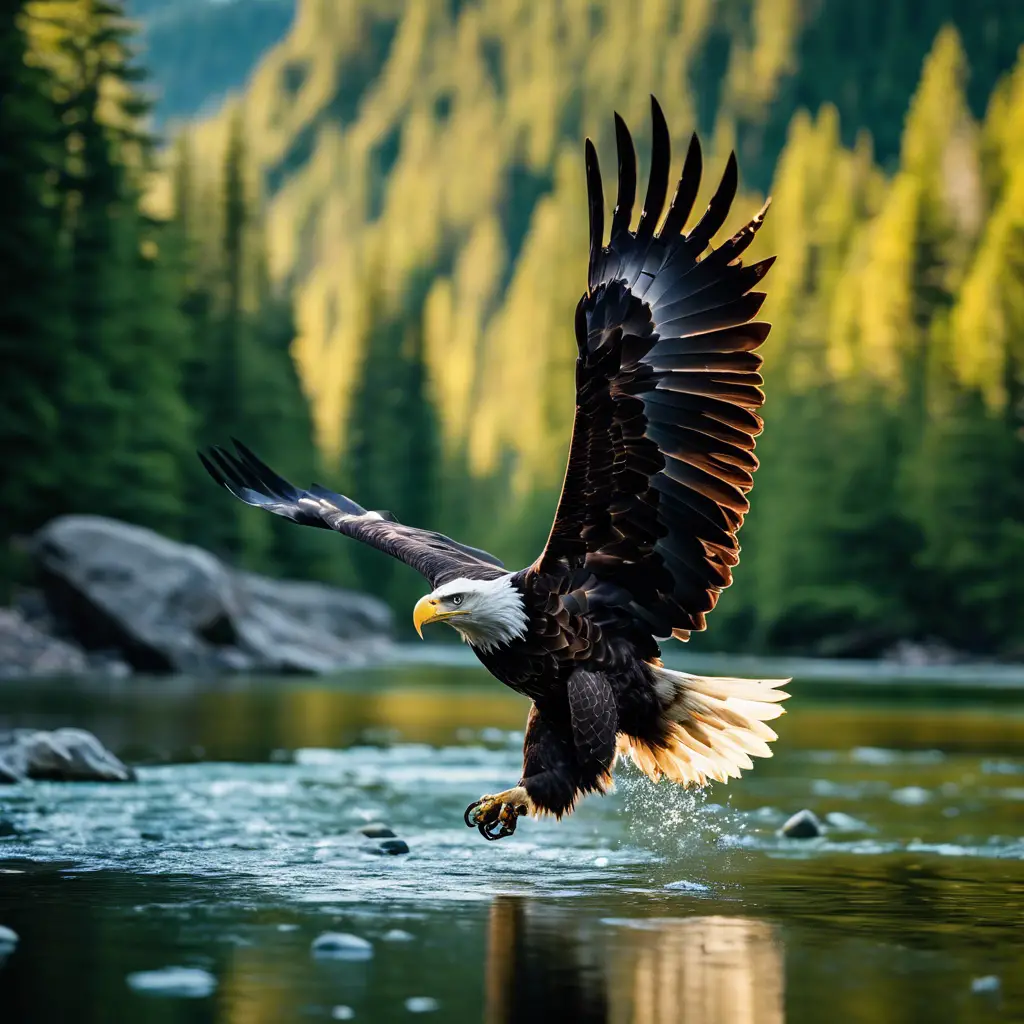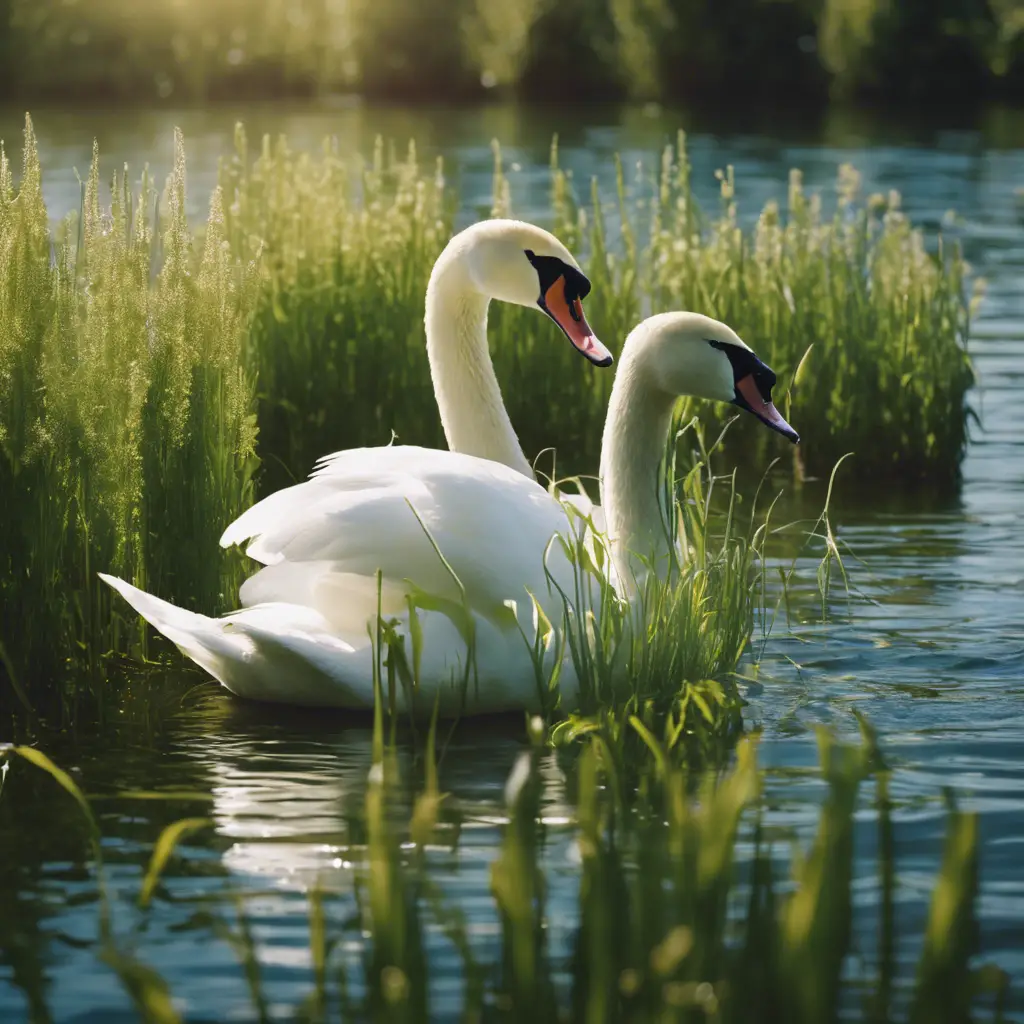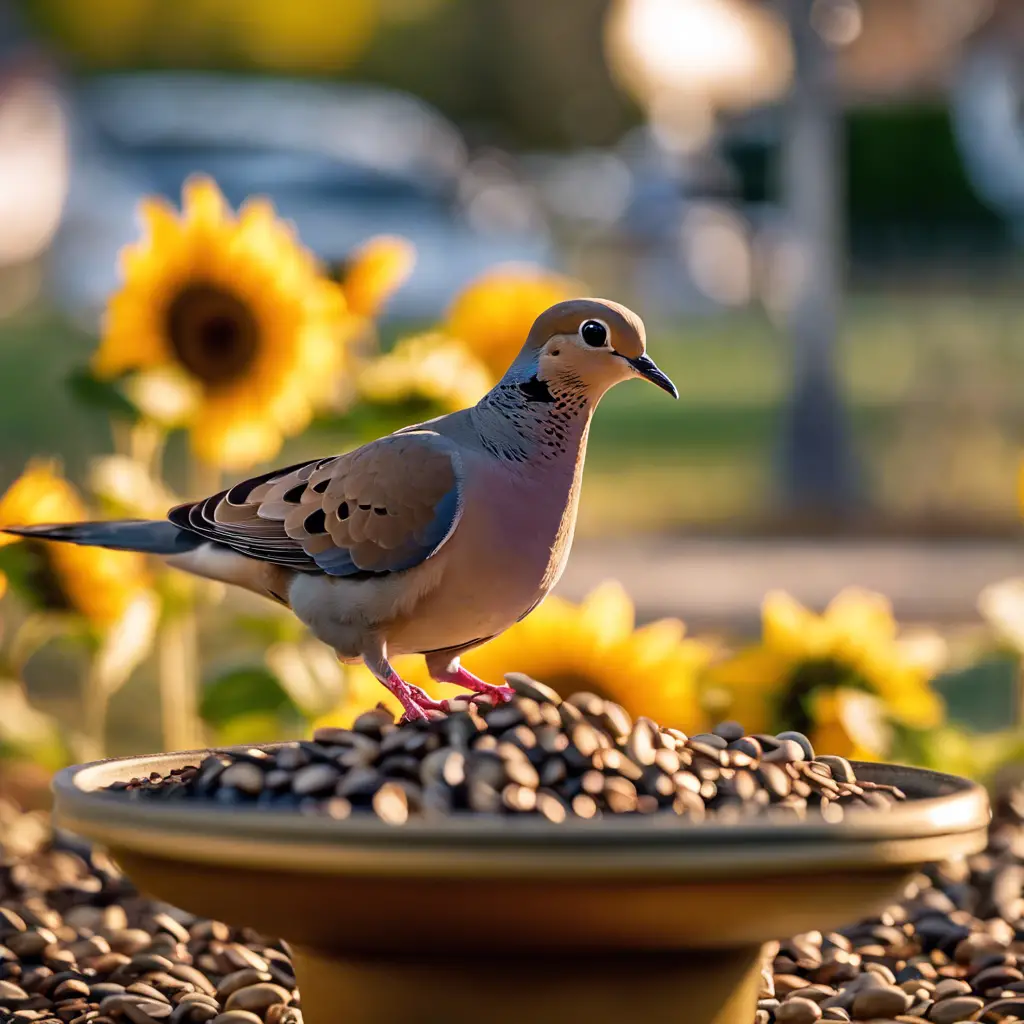In my experience, the study of owls and their prey has always fascinated me. It’s true that these majestic birds occasionally prey on snakes, a fact I’ve witnessed firsthand in the wild.
With my expertise in ornithology, I believe the nuanced relationship between owls and snakes is remarkable. Once, as dusk painted the sky, I observed a Great Horned Owl silently swoop down and snatch a small snake off the ground. It was a testament to their adaptability and diverse diet.
Such moments underscore the complexity of these creatures and their role in the ecosystem.
Key Takeaways
- Owls have a wide range of prey including rodents, insects, and small mammals, but they will also consume snakes when available.
- Different owl species prey on snakes such as rat snakes and common garters.
- Owls use binocular vision and silent flight to accurately judge distances and swoop down undetected to snatch up unsuspecting snakes.
- Owls play a crucial role in regulating snake numbers and preserving ecosystem balance, with different owl species targeting and controlling snake populations.
Owl Dietary Preferences
You should understand that owls, as carnivorous birds, have diets that extend beyond snakes to include a wide range of prey such as rodents, insects, and other small mammals. These nocturnal raptors are opportunistic hunters, meaning they’ll consume snakes when the chance arises. Different species of owls have been observed feasting on serpents, utilizing their powerful talons to subdue the snakes’ body. Great Horned Owls, for instance, are known to prey on snakes like rat snakes and common garters.
Moreover, Owls Eat Rabbits, among other sizable animals, showing their prowess in tackling diverse prey. While snakes do feature in an owl’s diet, they’re just part of a broader menu that sustains these adept predators.
Hunting Tactics of Owls
When considering the diverse diet of owls that includes snakes, it’s crucial to understand how their specialized hunting tactics are tailored for success in various environments. Owls hunt and catch their prey with remarkable efficiency, and when they target snake species, their methods are particularly adept.
Owls use their binocular vision to accurately judge distances, a critical advantage when they hunt snakes.
Their silent flight allows them to swoop down undetected, using sharp claws to snatch up unsuspecting snakes.
Powerful talons grip firmly, rendering the snake helpless, as it can’t strike back effectively in mid-air.
As owls eat snakes, they’re not only controlling the population of these reptiles but also utilizing them as a valuable food source. Whether owl eating occurs in the dead of night or at dusk, owls are masters at making prey on small mammals and reptiles alike.
Frequency of Snake Consumption
While owls’ diet primarily consists of rodents and small mammals, they’ll also consume snakes with varying regularity depending on the availability and ease of capture. You might wonder, how often does an owl eats snakes? Well, it’s not their go-to meal, but they won’t pass up the chance if it presents itself. The Great Horned Owls and Eastern Screech Owl, for instance, are adept at including snakes in their diets, especially when other prey is scarce.
Different species of owls have their own preferences, with some like the Eastern Screech Owl known to feed on smaller snakes more frequently. Here’s a quick look at how often some owls encounter snakes:
| Owl Species | Frequency of Snake Consumption |
|---|---|
| Great Horned Owls | Occasionally |
| Eastern Screech Owl | Often, when available |
| Barred Owls | Rarely |
| Burrowing Owls | Seasonally |
Snake-Hunting Owl Species
Several owl species, including the Great Horned Owl’s and Eastern Screech Owl’s, have honed their hunting skills to effectively capture and consume snakes as part of their diet. You might be surprised to learn just how adept these birds are at rooting out slithery prey.
- Great Horned Owl: They don’t shy away from larger snakes, such as gopher snakes, making them formidable snake hunters.
- Barred Owls & Screech Owls: These owl species often target common garter and ribbon snakes, using their stealth and agility.
- Barn Owls: While not as commonly known for it, they do seek out snakes when available, typically going for the smaller snakes due to their size.
These owl species exhibit diverse hunting behaviors, but they all share a common appetite for snakes, making them important predators in various ecosystems.
Owlets and Their Diets
As you explore the diets of young owls, it’s essential to understand that owlets are often fed snakes by their parents, which plays a crucial role in their growth and nutritional intake. Owls are known for their diverse prey selection, and while small owls might avoid larger snakes that can fight back, species like the rat snake, gopher snakes, and Blind Snakes are common in their diets.
Even water snakes aren’t off the menu. These serpents provide essential nutrients that help owlets develop their strength and hunting skills. Mother owls skillfully tear snake meat into bite-sized pieces, ensuring their young can safely consume this vital food source.
This early exposure to a varied diet, including snakes, prepares owlets for a life of opportunistic hunting.
Owls and Snake Venom
Throughout their lives, you’ll find that owls not only consume snakes regularly but also have a remarkable ability to eat venomous species without harm. They’re fascinating creatures that have adapted to their natural habitat, which sometimes includes venomous snakes like the eastern hognose. Here’s what makes owls so adept at handling these reptiles:
- Owls have enzymes in their liver that can neutralize snake venom.
- Their hunting prowess depends on the size of the snake; they typically target those small enough to overpower.
- Certain species, like the Burrowing Owl, might even specialize in catching snakes, a testament to their adaptability.
Wherever an owl is found, it’s equipped to be a master of its domain, and that includes safely making meals of serpents that would be perilous to others.
Birds eat a variety of prey, and for owls, snakes are just another item on the menu.
Owl-Snake Ecosystem Dynamics
While you might not see it firsthand, your local owl population plays a pivotal role in regulating snake numbers and preserving the delicate balance of the ecosystem. Barred Owls, for instance, thrive in North America as a large owl species, keeping a check on snake populations. Even small owls, like the Eastern Screech, punch above their relatively small size by hunting smaller snakes.
Here’s a snapshot of the dynamic:
| Owl Species | Prey Size | Ecosystem Impact |
|---|---|---|
| Barred Owl | Large snakes | Controls large snake pop. |
| Eastern Screech Owl | Small snakes | Manages small snake pop. |
| Pels Fishing Owl | Aquatic species | Balances aquatic systems |
Frequently Asked Questions
Do Owls Eat Copperhead Snakes?
Yes, you’ll find that some owls do eat copperhead snakes, especially when these reptiles are active and vulnerable, though it’s a risky meal due to the snake’s venomous nature.
What Animal Do Owls Eat the Most?
You’re likely curious about an owl’s favorite prey. While they do eat snakes, rodents top their menu. Mice and voles are the most frequent meals for these nocturnal hunters.
What Is the Relationship Between Snakes and Owls?
You’re examining the dynamic between snakes and owls, where owls often act as predators, controlling snake populations and thus contributing to ecological balance. They’re equipped to hunt and consume snakes effectively.
Do Owls Eat Cats?
Yes, you’ve heard right; owls can eat cats, especially if they’re small and vulnerable. Your pet is safer indoors, away from these silent, nocturnal hunters with sharp talons and keen eyesight.
Conclusion
You’ve uncovered the predatory relationship between owls and snakes.
While not their primary meal, owls will feast on snakes when the chance arises. Their supreme hunting skills make them adept snake catchers.
It’s not an everyday meal, but certain owl species, especially those with young to feed, will include snakes in their diet. Don’t worry about venom; these birds handle it well.
In nature’s web, owls play a crucial role in controlling snake populations.

An avid ornithologist, zoologist and biologist with an unwavering passion for birds and wild animals.
Dr. Wilson’s journey in ornithology began in childhood and led him to obtain a Ph.D. in Ornithology from the prestigious Avian Research Institute. He has worked closely with renowned experts in the field and conducted extensive research and field studies globally.





